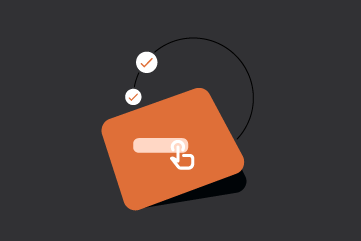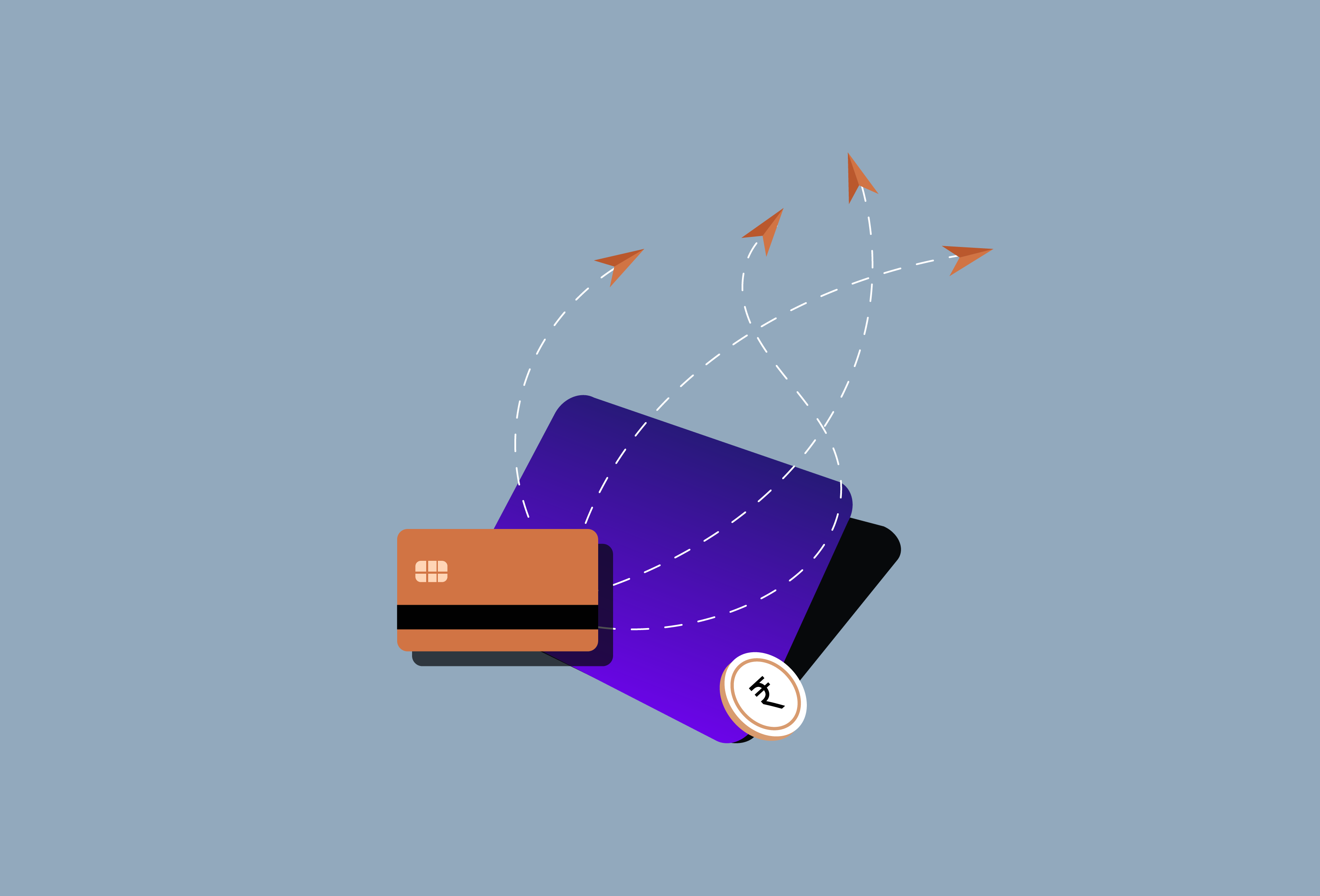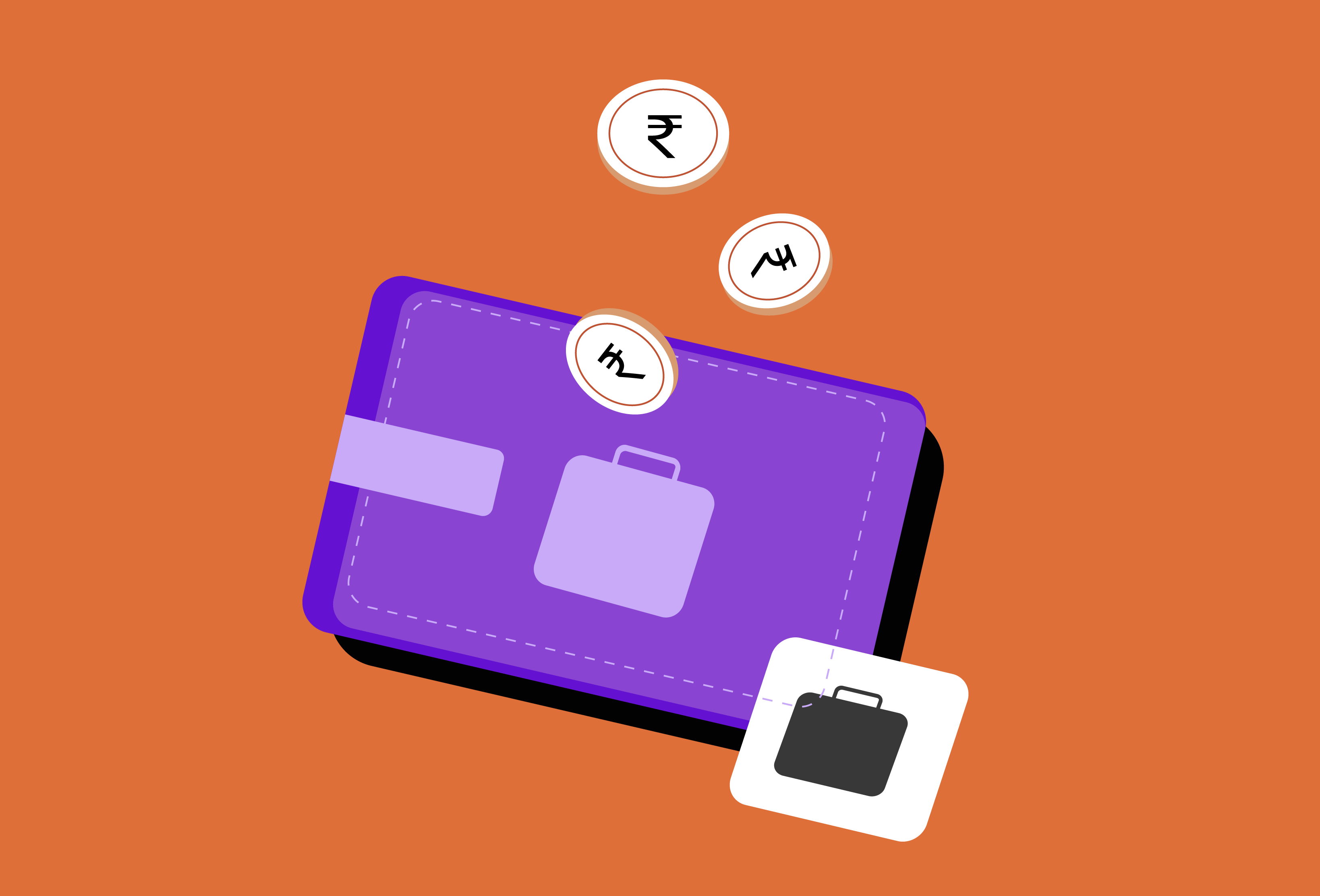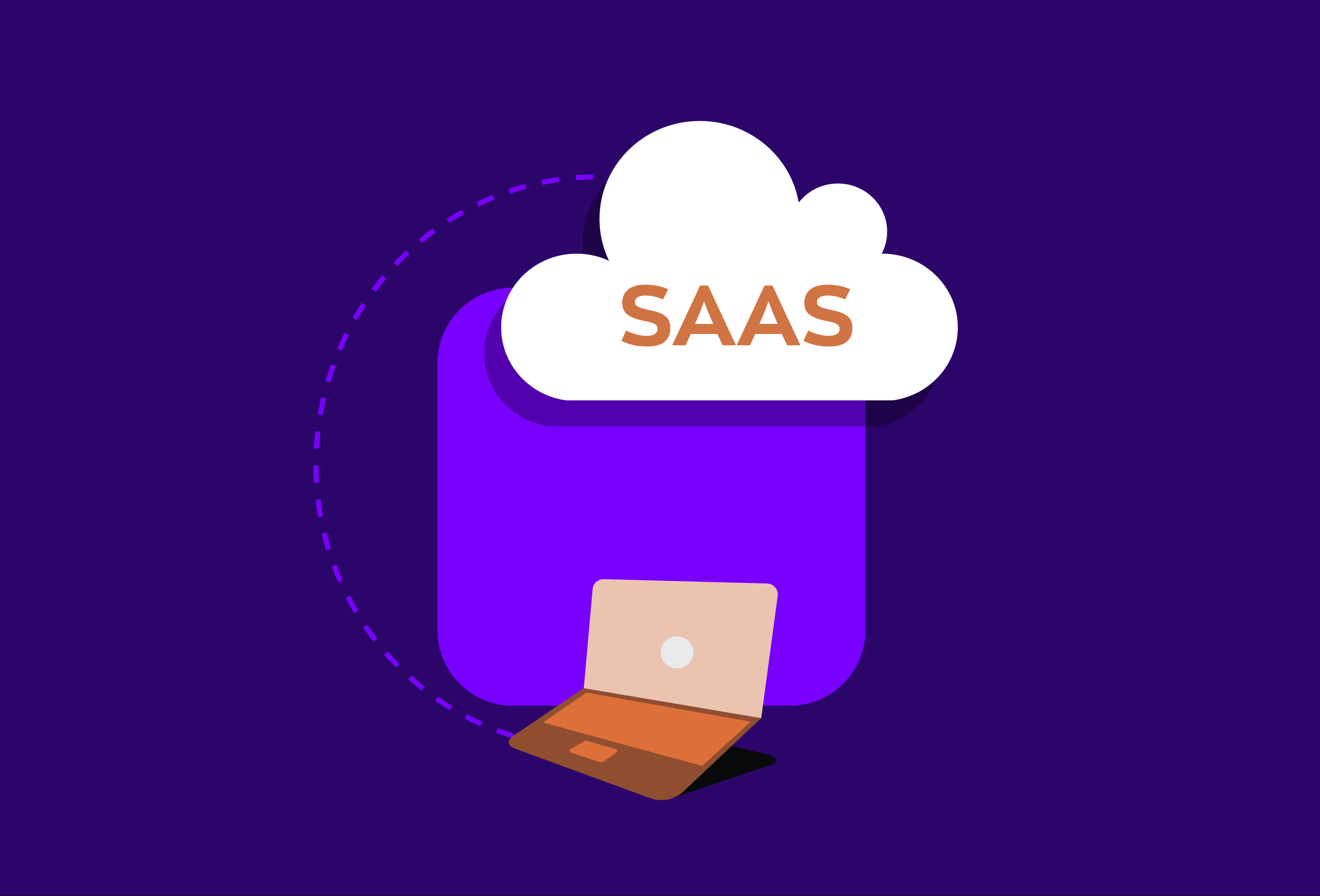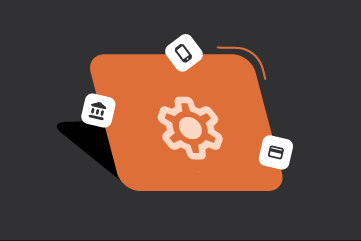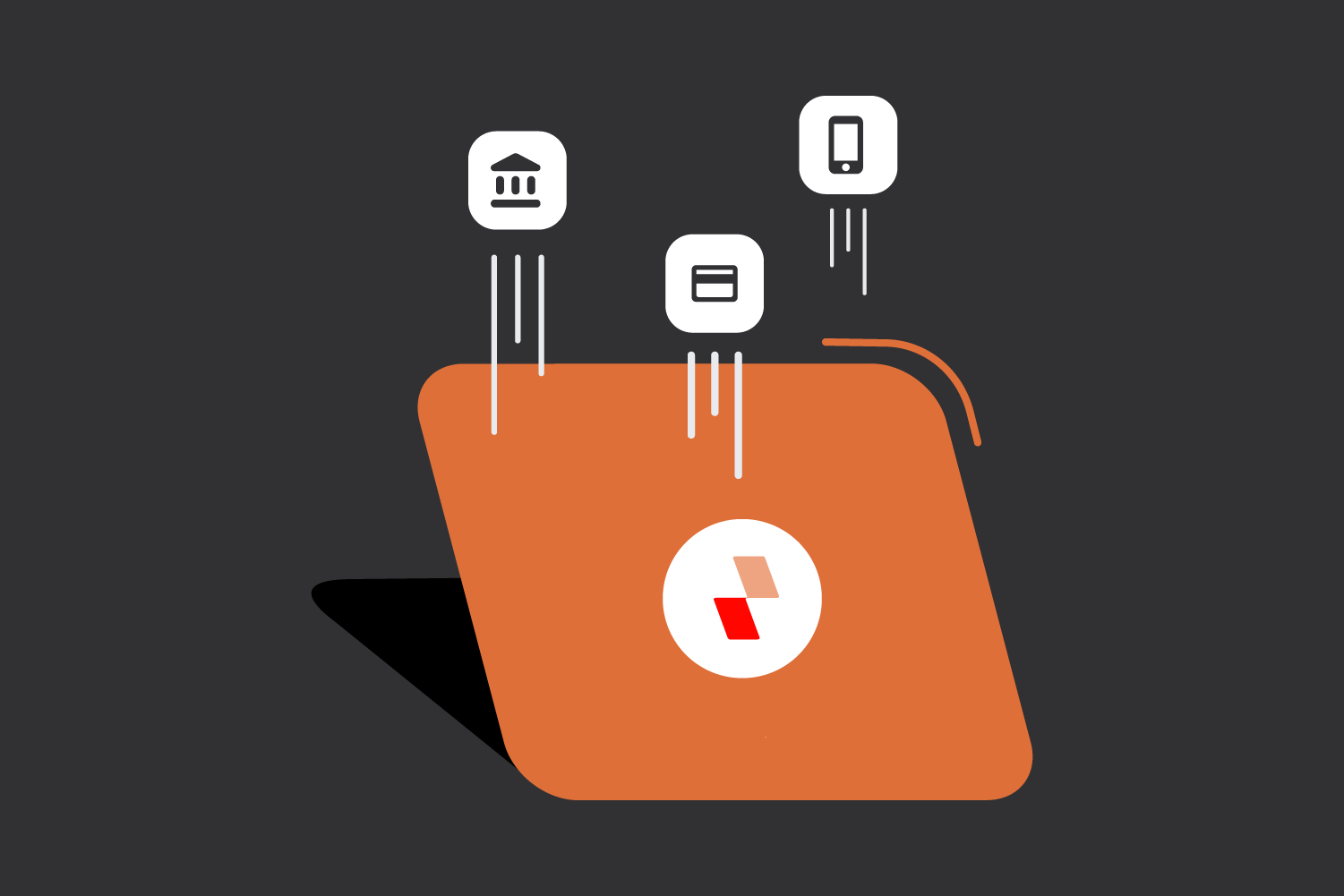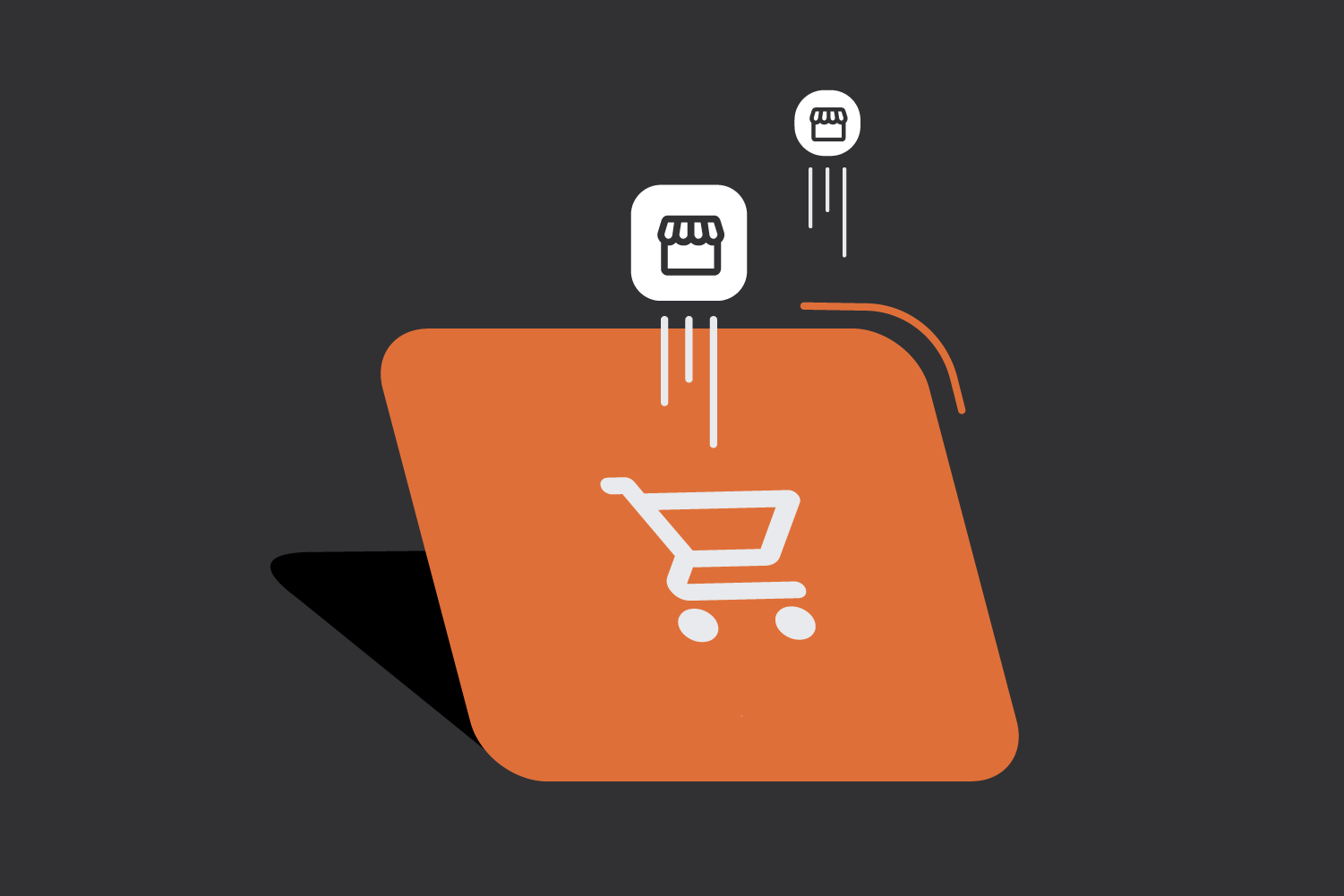For any small business today, being able to accept digital payments isn’t just a nice-to-have—it’s essential. Whether you run an online store, a retail outlet, or a service-based business, offering multiple ways to pay can improve customer experience and help you get paid faster. But before that happens, there’s one important decision to make: Which payment processor should you choose?
With several options available, selecting the right tool can seem confusing. In this blog, we’ll break down what a payment processor does, the key factors to consider while choosing one, and how to find the right fit for your business needs.
What is a Payment Processor? (And Why It Matters)
A payment processor is a system that helps businesses accept payments from their customers. It connects your customer’s bank or card provider to your own bank account, making sure the transaction is secure and successful.
It works in the background every time someone pays through UPI, debit/credit cards, net banking, or wallets. The payment processor checks if the customer has enough balance, confirms the transaction, and helps transfer the money to your account.
Many businesses also come across the term “payment gateway.” While a payment gateway handles the front-end—like the checkout page—the payment processor handles the actual movement of money behind the scenes. In some systems, both functions are offered together, which is ideal for most small businesses looking for smooth operations.
Key Factors to Consider
The best payment processor isn’t just the cheapest one. It should support how your business runs and how your customers prefer to pay. Here are some key points to keep in mind:
1. UPI and Wallet Integration
Customers today expect to pay via UPI apps. Some may still prefer wallets. Make sure the processor supports these options along with card and net banking payments. The more methods you offer, the better the customer experience.
2. Transaction Fees
Most payment processors charge a small fee per transaction, called the MDR (Merchant Discount Rate). While UPI transactions may have lower or zero charges in many cases, card payments and wallet transactions typically carry a fee. Go through the fee structure carefully and look out for hidden charges like setup costs, annual maintenance, or payout fees.
3. Settlement Time
Once a customer pays, how quickly will the money reach your bank account? Some providers offer same-day or next-day settlements, while others may take 2–3 working days. If cash flow is important to you (which it usually is for smaller businesses), this is a detail worth checking.
4. Ease of Integration
Your payment processor should be easy to plug into your website, app, or POS system. If you don’t have a tech team, check if the platform offers no-code or low-code tools. If you do work with developers, good API documentation is a must for smoother integration.
5. Customer Support
In case a payment fails or your customer is charged twice, you’ll need fast support. A provider with a responsive customer service team, especially during working hours, can save a lot of hassle. Local support and clear documentation are a bonus.
6. Stability and Trust
Go with a provider that’s known for uptime, reliability, and PCI-DSS compliance. Failed payments or a poor checkout experience can cost you sales and hurt your brand. Choosing a payment processor trusted by other small businesses ensures you’re offering a secure and smooth payment journey every time.
Which One’s Right for You?
Different types of businesses need different small business payment systems. Here’s a quick guide to help you match your needs:
Freelancers and Consultants
If you send invoices or accept payments via links, look for a processor that lets you generate payment links, QR codes, and supports direct bank transfers. Fast settlement and low fees should be your priority.
Retail and Local Stores
For shops that deal with foot traffic, UPI QR codes and quick wallet support are essential. Choose a processor that offers simple POS systems or integrates well with existing billing software.
Service Businesses (like salons, tutors, or workshops)
Recurring payments or appointment-based bookings might be part of your workflow. Go for a processor that allows flexible billing or integrates with scheduling tools.
eCommerce Startups
In addition to multiple payment modes, you might need fraud detection, easy refunds, and the ability to manage high volumes during sale periods. Scalability should be a top concern here.
No matter your category, payment platforms for small businesses should offer the right mix of flexibility, speed, and support.
Bonus Tips for Smooth Payment Handling
Once you’ve chosen your processor, there are a few extra things you can do to make your payment flow even smoother:
- Link a business account smartly – Using a current account with good digital banking features helps track incoming payments easily.
- Enable auto-settlement – If your processor allows, opt for automatic daily settlements so you don’t have to manually withdraw funds.
- Offer more than one payment mode – Not every customer uses UPI; some may prefer cards or net banking. Cover all your bases.
- Monitor payment success rates – If you see frequent payment failures, raise it with your provider. It can impact customer trust.
- Check your dashboard regularly – Most processors offer dashboards to track transactions, refunds, and settlements. Reviewing these can help you catch any unusual activity.
Final Thoughts
Small businesses have different needs, so the ideal payment processor varies from one to another. The best choice is one that fits your workflow, supports your customers’ preferred payment methods, and offers timely access to your earnings.
The good news is that today’s business payment solutions are flexible, fast, and more accessible than ever before. Start small—test a solution that fits your workflow, watch how it performs, and adjust as you grow. The right payment setup doesn’t just help you get paid. It helps you run your business with confidence.


